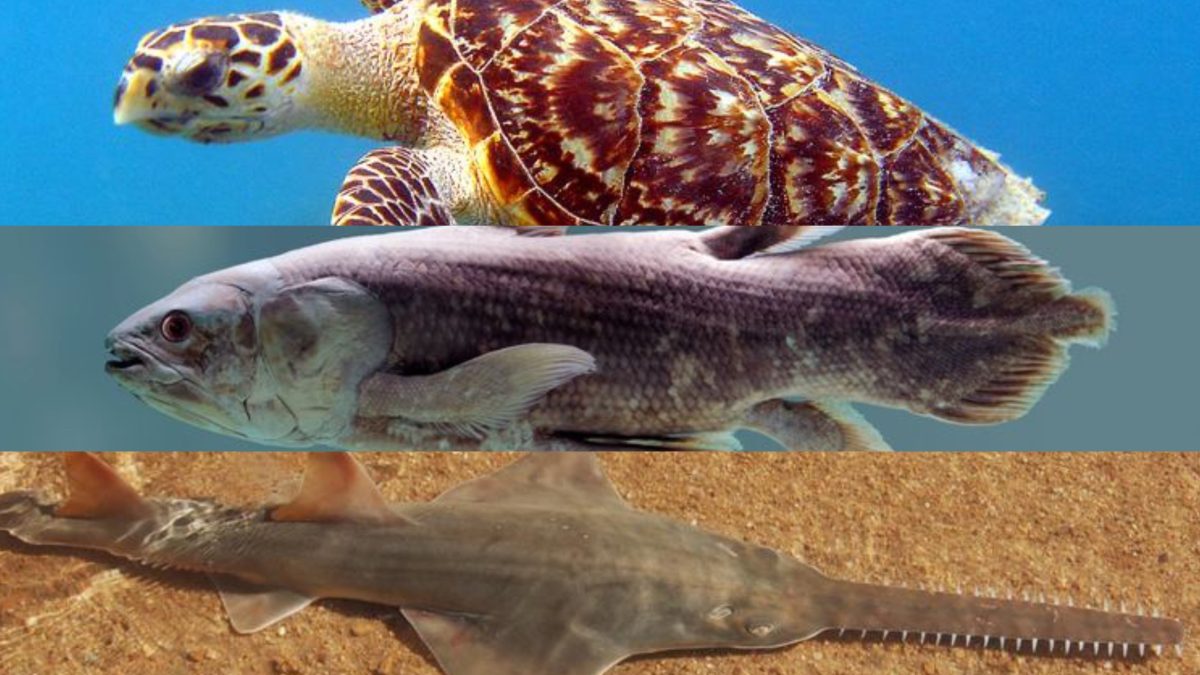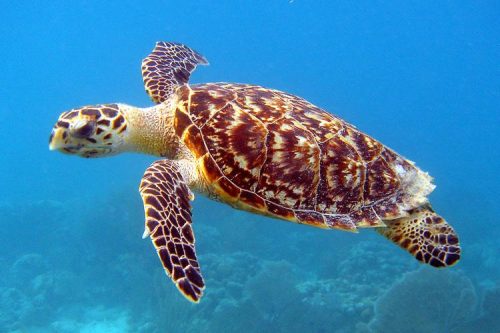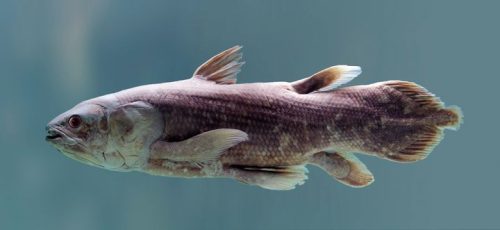Getting to Know: Endangered Marine Species

The ocean is home to millions of species that play critical roles in marine ecosystems and provide us with many benefits, such as oxygen, food, and recreation. However, many of these species are facing the threat of extinction due to human activities, such as overfishing, habitat loss, pollution, and climate change. In this article, we will introduce some of the most endangered marine species and what we can do to help them.
Some of the Most Endangered Marine Species
According to the International Union for Conservation of Nature (IUCN) Red List of Threatened Species, which assesses the conservation status of biological species, at least 37% of the world’s sharks and rays, 33% of reef corals, 26% of mammals (including marine) and 21% of reptiles are threatened with extinction.
There are red list of marine species in Indonesia, which according to the IUCN Red List, about 1,711 marine species that have been assessed, and 113 of them are classified as Critically Endangered, which means that they face an extremely high risk of extinction in the wild. Some examples of the Critically Endangered marine species in Indonesia are:
-
- Hawksbill Turtle : This is a medium-sized sea turtle that has a distinctive hawk-like beak and a patterned shell. It is found in tropical and subtropical waters around the world, and it feeds mainly on sponges and other invertebrates. It is threatened by illegal hunting for its shell, which is used to make jewellery and ornaments, as well as by habitat loss, fishing bycatch, and climate change.

Photo Credit : Caroline S. Rogers USFWS Southeast
-
- Sawfish : These are large fish that have a long, toothed snout that resembles a saw. They are related to rays and sharks, and they use their snout to detect and catch prey, such as fish and crustaceans. They are found in coastal and freshwater habitats in tropical and subtropical regions, and they are threatened by overfishing, habitat degradation, and pollution.

Photo Credit : David Morgan
-
- Coelacanth : This is a rare and ancient fish that belongs to a group of lobe-finned fish that dates back to the Devonian period, about 400 million years ago. It was thought to be extinct until it was rediscovered in 1938 off the coast of South Africa. It is found in deep waters around the Indian Ocean and the western Pacific Ocean. It is threatened by accidental capture in deep-sea fishing nets and by habitat disturbance.

Photo Credit : Atypeek Design/Bigstock
What We Can Do to Help
The ocean and its inhabitants are facing many challenges, but there is still hope. There are many actions that we can take to help protect the ocean and marine animals, such as:
-
- Conserve Water and Reduce Runoff : All water eventually finds its way to the ocean, and so does the pollution that it carries. By conserving water and reducing runoff, we can prevent harmful chemicals and nutrients from reaching the ocean and causing problems such as algae blooms, dead zones, and acidification. Some ways to conserve water and reduce runoff are: taking shorter showers, using rain barrels to collect water for gardening, limiting laundry days to full loads, and turning off the water while brushing teeth.
- Reduce Plastic Usage : Plastic is one of the most common and persistent pollutants in the ocean. It can harm marine animals in many ways, such as entanglement, ingestion, injury, and infection. It can also break down into microplastics, which can accumulate in the food chain and affect the health of humans and animals. Some ways to reduce plastic usage are: refusing plastic straws and cutlery, carrying reusable water bottles and bags, recycling plastic products, and participating in beach clean-ups.
- Become a Responsible Traveller : Traveling is a great way to see new places and appreciate the beauty of coastal ecosystems. However, it can also have negative impacts on the environment and the animals that live there. Some ways to become a responsible traveller are: respecting marine animals and their habitats, taking photos and selfies at a safe distance from animals, cleaning up after ourselves when visiting natural spaces, choosing sustainable seafood and fishing practices, and supporting eco-tourism activities that benefit local communities.
The ocean is a vital part of our planet and our lives, and we have a responsibility to protect it and its inhabitants. By learning more about the endangered marine species and what we can do to help them, we can make a difference for the ocean and ourselves. Remember, every action counts, and together, we can build a healthier future for the ocean.

